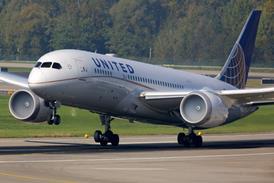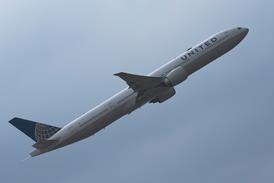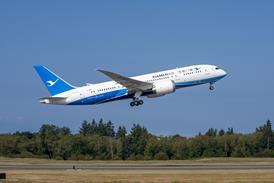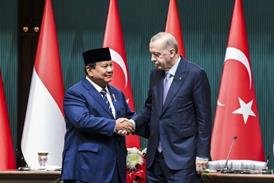Australia has reached an agreement with Kaman on the cancellation of the country’s Super Seasprite helicopter project, with the decision projected to result in savings of A$150 million ($139 million).
The previous Liberal government reviewed the programme in 2007, but opted to continue amid concerns over legal action by Kaman. But the new Labor government, which came to power late last year, said on 5 March that it would cancel the project.
“The Australian government will receive at least 50% of the proceeds from any sale of the helicopters by Kaman with a guaranteed financial return …of A$39.5 million. In addition, a further $30 million worth of spares will be retained for use on the Seahawk and Black Hawk helicopter fleets,” says the defence ministry. “The Australian government has saved A$150 million that would otherwise have been spent on the Seasprite project that will now be available for use on other capability.”
The government now plans to improve the operational availability of the Royal Australian Navy's Sikorsky S-70B Seahawks, which have an inferior surveillance capability, but has not provided further details. Another billion-dollar replacement order is likely to provide the navy's Anzac frigates with a surface surveillance and attack capability. It will also look at replacement options for the Seahawk during a Defence White Paper study this year. This could include additional NH Industries' MRH90s, 46 of which are already on order for the navy and the Australian army.
Earlier this week, as part of a review of Australian defence procurements, the government said that it would stick to an A$6.6 billion order for 24 Boeing F/A-18Fs to replace its aging General Dynamics F-111s and as a stopgap before the induction of the Lockheed Martin F-35 Joint Strike Fighter.
However, defence minister Joel Fitzgibbon also rounded on his predecessors and accused them of lacking “sound long-term air combat capability planning during the last decade”. “It is the only aircraft which can meet the small delivery window created by the former government’s poor planning processes and politically-driven responses,” he added.
The ministry will now examine
Source: FlightGlobal.com












































